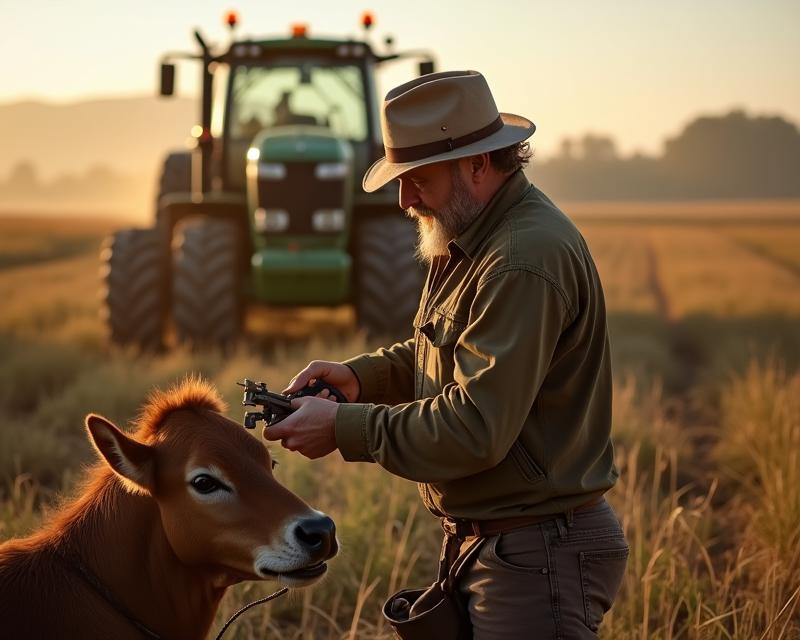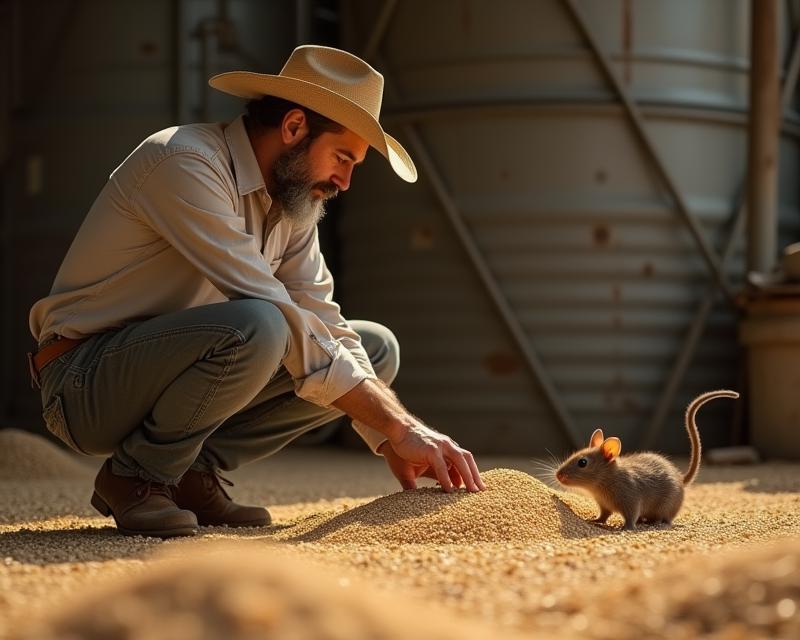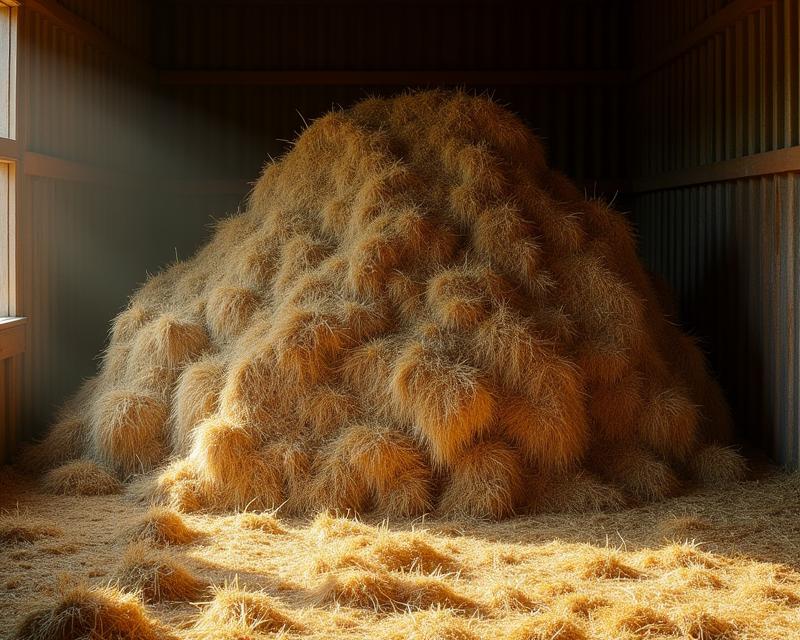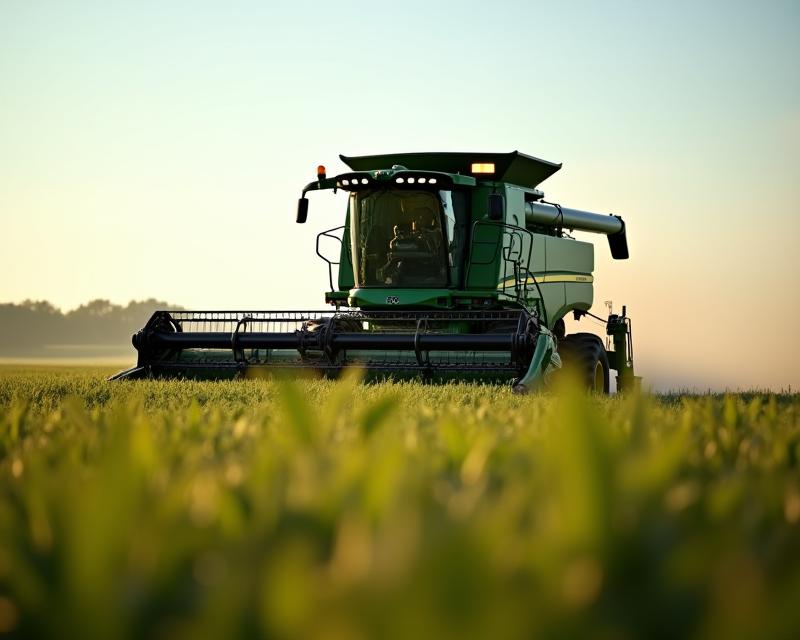Silage 101: A Farmer's Guide to Year-Round Feed
Publish in Farm el 22/07/2025 16:38
Silage 101: A Farmer's Guide to Year-Round Feed
Silage is a fantastic way to preserve forage – think grasses, corn, and alfalfa – so you have feed available for your livestock even when pasture isn't growing. It’s essentially fermented, high-moisture stored fodder. Understanding the process might seem daunting, but it’s a rewarding skill that can significantly impact your farm's efficiency and bottom line. This guide breaks down silage making into easy-to-follow steps.
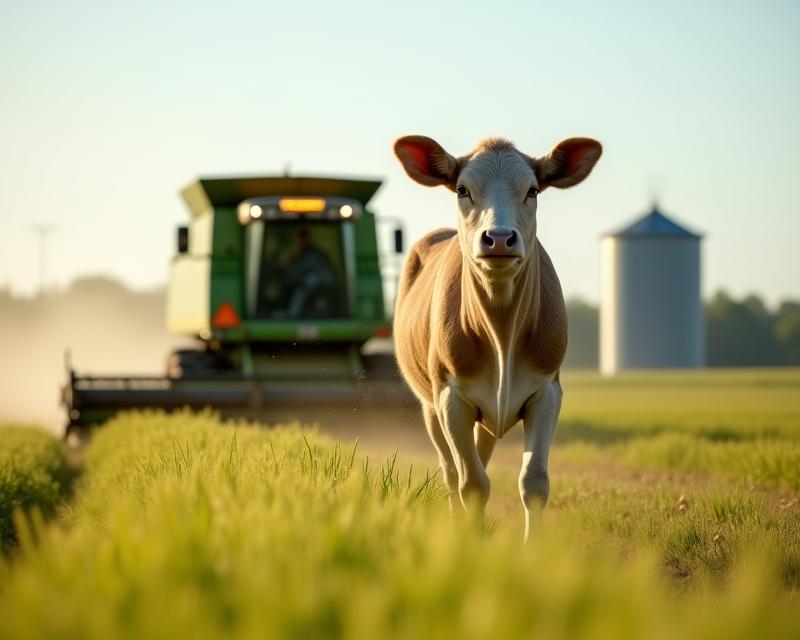
Step 1: Harvesting and Chopping
The first step is harvesting your forage. The ideal time depends on the type of forage you're growing. Generally, grasses are best cut before they go to seed, while alfalfa can be harvested multiple times throughout the growing season. Once cut, the forage needs to be chopped into small pieces. This increases the surface area, which is crucial for proper fermentation. A good chop size is typically 1-2 inches. Using a forage harvester is efficient for large operations, but a mower-conditioner followed by a round baler or a small square baler works well for smaller farms. The key is consistency in chop size for uniform fermentation.
Step 2: Packing and Sealing
This is where the magic happens! The chopped forage needs to be tightly packed into a silo – which can be a concrete silo, a plastic bag, or a bunker. The goal is to remove as much air as possible. Air is the enemy of silage because it promotes spoilage. A good packing job is essential for creating an anaerobic (oxygen-free) environment. Once packed, the silo must be sealed to prevent air from entering. This is usually done with a layer of plastic sheeting, carefully folded and sealed to create an airtight barrier. The tighter the seal, the better the silage will be preserved.
Step 3: Fermentation and Storage
Now, the fermentation process begins! Beneficial bacteria naturally present in the forage will convert sugars into lactic acid. This lactic acid lowers the pH, creating an acidic environment that inhibits the growth of undesirable bacteria that cause spoilage. The fermentation process typically takes 2-6 weeks, depending on factors like temperature and moisture content. During this time, the silage will shrink as the air is expelled. Once fermentation is complete, the silage is ready for use. Properly stored silage can last for months, providing a valuable feed source throughout the year. Regularly monitor the silage for any signs of spoilage, such as mold or off-odors.
Tips for Success
- Moisture is key: Aim for a moisture content of around 60-70% for optimal fermentation.
- Pack tightly: Remove as much air as possible during packing.
- Seal well: Ensure a tight seal to prevent air infiltration.
- Monitor regularly: Check for signs of spoilage during storage.
Making silage is an investment of time and effort, but the benefits – year-round feed availability and reduced feed costs – are well worth it. With a little practice, you'll be well on your way to mastering this essential farming technique!
